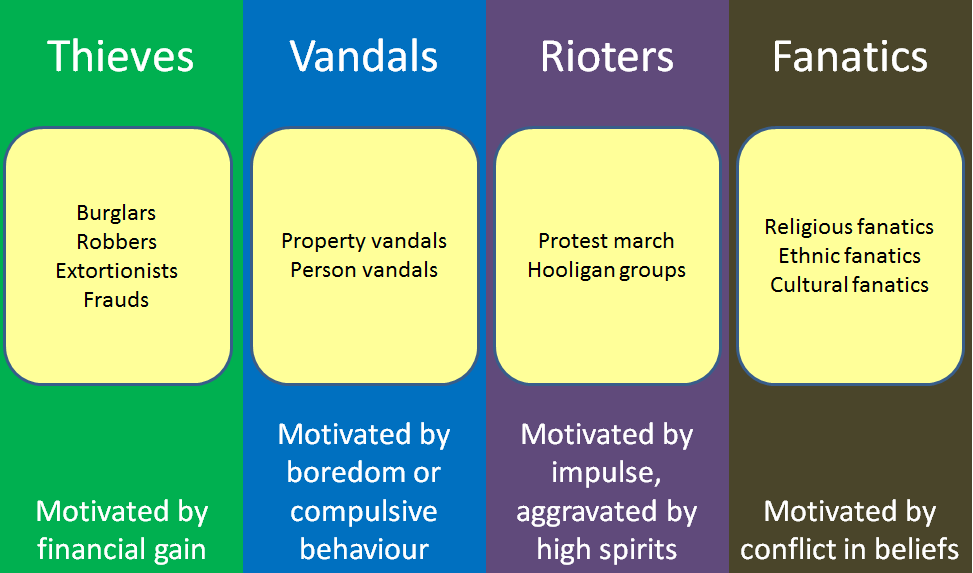Difference between revisions of "Security"
| Line 1: | Line 1: | ||
'''Security''' is the degree or act of protection of persons or [[asset|assets]] against [[risk]] stemming from the threat type [[human intent]]. The distinction between security and safety is explained in [[safety# |
'''Security''' is the degree or act of protection of persons or [[asset|assets]] against [[risk]] stemming from the threat type [[human intent]]. The distinction between security and safety is explained in [[safety#Differences between safety and security|differences between safety and security]]. |
||
Differences between safety and security|differences between safety and security]]. |
|||
= Security in the urban environment = |
= Security in the urban environment = |
||
Revision as of 13:47, 29 February 2012
Security is the degree or act of protection of persons or assets against risk stemming from the threat type human intent. The distinction between security and safety is explained in differences between safety and security.
Security in the urban environment
Security concerns harm done by persons by wilful action. As these actions are generally prohibited by law, these actions constitute [#_Crime crimes]. Security threats can therefore be classified by crime type.
Crime types
A uniform classification of crime that is generally accepted does not exist. In the EU, member countries are obliged to report crime statistics in their country annually. Although countries will use their own systems and classifications, they report their figures according to the classification used for these statistics which distinguishes between the following crime types:
Homicide[#_ftn3 ], Drug trafficking[#_ftn4 ], Robbery[#_ftn5 ], Motor vehicle theft[#_ftn6 ], Domestic burglary[#_ftn7 ] and Violent crime[#_ftn8 ].
An indication of the relative size of these crime types and their development through the years is given in the figure below[#_ftn9 ].
File:Clip image002.png
This classification does not cover all types of crime and does not contain only mutually exclusive classes (robbery is defined as a type of violent crime).
A classification that is developed[#_ftn10 ] for use in the urban environment that the types of crime most relevant to urban design, is based on the motivation of perpetrators:
The first category of criminal (thieves) is motivated by financial gain. They can be subdivided into:
- [#_Burglars Burglars], who gain wealth by illicitly entering buildings,
- [#_Robbers Robbers], who gain wealth by force of threat.
- [#_Extortionists Extortionists], who gain wealth by use of coercion and
- [#_Fraud Frauds], who gain wealth by intentional deception
The second category of criminal (vandals) is motivated by amusement (such as bored youth bothering passers-by) or by compulsive behaviour (such as pyromaniacs). They can be sub divided into:
- [#_Property_vandals Property vandals], who seek damage or destruction of property, and
- [#_Person_vandals Person vandals], who assaults other people physically or mentally.
The third category is motivated by impulse, often under group pressure, often in a situation with a high level of excitement or arousal. Two subtypes of rioters are:
- [#_Protester Protesters] and
- [#_Hooligan Hooligans].
The fourth and last category is motivated by conflict in beliefs (fanatics) and tries� to impose rules or beliefs upon others by use of coercion. The level of coercion can vary a great deal, ranging from mental abuse to mass killing. Subtypes of fanatics are:
- [#_Religious_fanatics Religious fanatics], who try to impose religious beliefs or religious rules
- [#_Ethnic_fanatics Ethnic fanatics], who coerce specific ethnic groups and
- [#_Cultural_fanatics Cultural fanatics], who try to impose cultural beliefs (for example about animal welfare in the fur industry, globalism or conservationism) upon others.